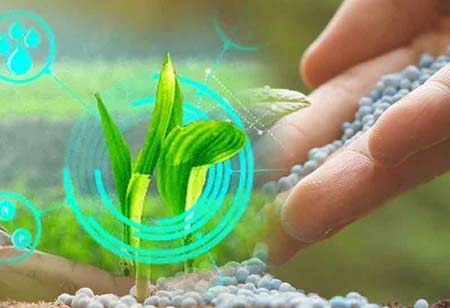Thank you for Subscribing to Agri Business Review Weekly Brief
Why Hydroponic Farms Could be the Future of Farming?
The amount of resources utilized by conventional agriculture is staggering.

By
Agri Business Review | Monday, May 23, 2022
Stay ahead of the industry with exclusive feature stories on the top companies, expert insights and the latest news delivered straight to your inbox. Subscribe today.
Hydroponic farms provide a path to a more sustainable food ethic that prioritizes the health of our food, bodies, and the environment without the use of toxic chemicals.
Fremont, CA: The amount of resources utilized by conventional agriculture is staggering. As most crop production has already reached its genetic and chemical limits, intensification and the expansion of land used for food production have been viewed as the only viable options to meet rising food demands. Globally, agricultural production consumes 70 percent of all water, largely due to unsustainable irrigation methods. This proportion will continue to grow: by 2050, 593 million hectares of land will need to be converted into agricultural land to meet the projected calorie requirements of the world's population. To meet the rising demand for food, farmers must develop alternatives to the current agricultural system. Hydroponic farming provides a remedy for a number of the world's current agricultural problems.
Why hydroponic farms could be the future:
Climate change, dangerous infectious diseases, growing urbanization, and the depletion of natural resource deposits are just a few of the new challenges facing humanity that is causing a dramatic shift in global lifestyles. Hydroponic agriculture has the potential to mitigate these threats to our agricultural system. Using controlled environment agriculture (CEA) technology to cultivate crops in near-optimal conditions is one of the most significant advantages of hydroponic farming. Regardless of climate, the availability of cultivable land, or the quality of the soil, crops can be grown indoors and hydroponically anywhere on earth, at any time of the year. Hydroponic farming could provide fresh, local food to regions with severe droughts and poor soil quality, such as sub-Saharan Africa, where access to leafy green vegetables is frequently restricted.
Keeping crop production in a controlled environment allows trained scientists and sophisticated climate control technology to optimize the water, nutrients, and light supplied to the plants. By optimizing the timing, quality, and quantity of plant inputs, farmers are able to ensure the greatest quantity and highest quality of yields. This technology, along with design features such as precise irrigation methods, enables CEA farmers to reduce water waste exponentially: hydroponic farms use up to 90 percent less water than conventional farms. Additionally, light inputs are optimized to ensure maximum plant absorption and yield.
With the aid of soilless growing, this modular design allows for continuous use of the growing space. In other words, no waiting period is required between harvesting one crop cycle and planting the next crop cycle. Using a constant stream of nutrient and light inputs that significantly shorten the crop cycle, this farming model can produce seven to fourteen times as many growth cycles as conventional methods.





